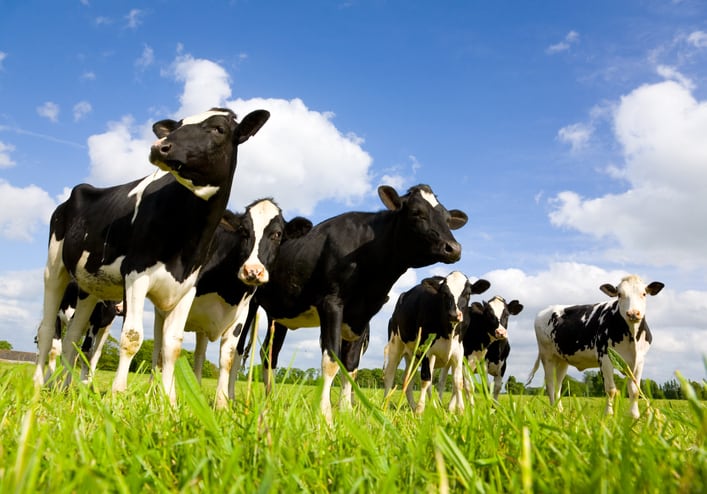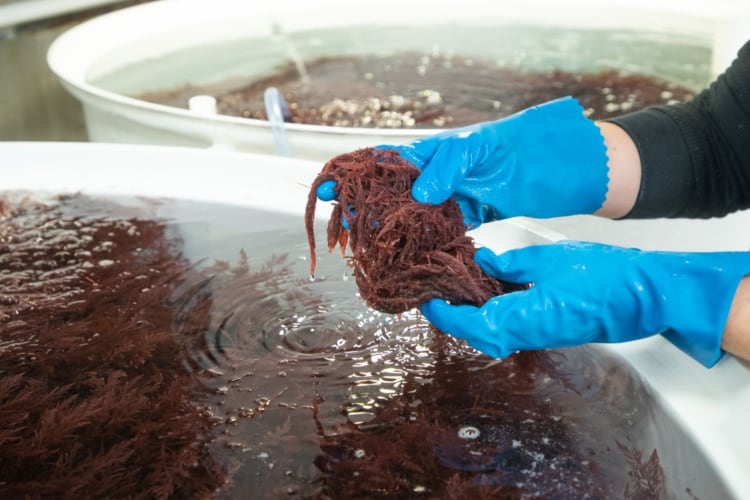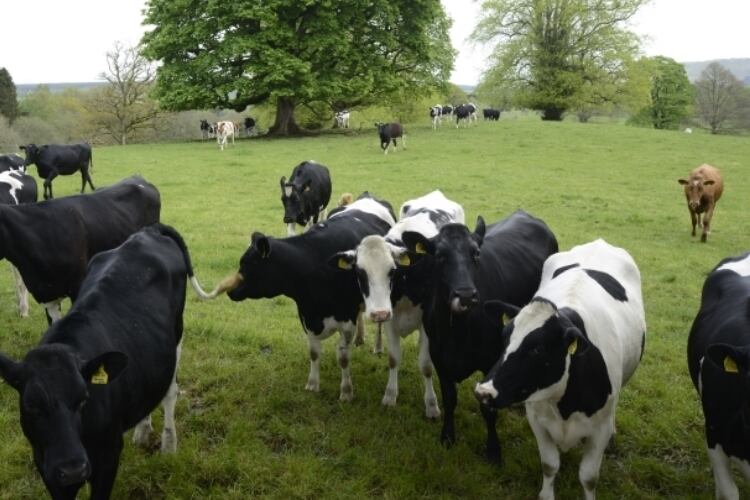US-based scientists have uncovered a way to fast-track research into non-toxic methane inhibition in cattle by deploying artificial intelligence and machine learning.
The cohort – made up of academics from the Livestock Nutrient Management Research Unit of the USDA-ARS, the Iowa State University and the Kansas State University Department of Animal Science and Industry – leveraged the technology to find which among thousands of molecules in the cow’s body could act as natural methane inhibitors.
The novel approach – which has not been applied in the animal science space before – can enable scientists to design new inhibitor molecules through generative AI and also inform the development of non-toxic boluses, vaccines and other methane inhibition products for cattle.
In turn, the findings can be instrumental in informing formulations of alternatives to existing solutions such as Bovaer, the 3-NOP containing feed additive developed by dsm-firmenich, which caused a storm of controversy in the UK; and bromoform, a potent natural methane inhibitor which has however been linked to cancer in animals.
“Bromoform is contained in red seaweed, but there are health concerns around its safety,” Matthew R. Beck, a Research Animal Scientist for the Livestock Nutrient Management Research Unit of the USDA-ARS, told us. “So we were thinking we could do some computer modelling, computer simulations, to identify potentially alternative inhibitors that have similar effect sizes, but not that same health concerns.”
Profiling thousands of molecules
Lead on the computer modeling side of the research was Ratul Chowdhury, an Assistant Professor at the Chemical and Biological Engineering Department at Iowa State University.
“There are two important pieces that people had not done before in this space,” Chowdhury said. “Explain why the 15 known molecules [capable of inhibiting methanogenesis within the ruminant digestive system] work the way they do, and then find some alternatives that would be just as good.”
Finding these alternatives required scouring a database of 51,000 bovine metabolites and comparing them with the 15 known methane inhibitor molecules, using machine learning. That process alone would’ve take at least two years without using AI and machine learning, Chowdhury estimates.
“We performed some machine learning algorithms to profile all these 50,000-odd molecules and then performed contrastive machine learning, which helped us distinguish between the two sets of molecules,” Chowdhury explained, adding that because the previously-unstudied molecules were already present in the cow’s body, they were also unlikely to be toxic.
“We next figured out which molecules present in the cow were property-wise very similar to those 15 known inhibitors; that gave us the lead candidates and sorted them into a library of compounds that are likely to work.”
Further tests followed to ensure the molecules could enter the cell wall of the archaea, the microbes that produce methane in the cow’s rumen.
“At this moment, we have come up with a computational protocol that gives us lead candidates, and we have some confidence in them, but we are still yet to do some experiments on them,” Chowdhury summarized.
Methane reduction and cost
Jacek A. Koziel, a Research Leader for the Livestock Nutrient Management Research Unit of the USDA-ARS in Bushland, Texas, explained: “This approach takes us away from the fishing expedition-type approach and allows us to be very mindful about the results we are after, the mechanism we need to adopt, and then carry out modeling using artificial intelligence.”
Notably, the findings can also help inform research into potent alternatives to the synthetic inhibitor Bovaer.
“Bovaer can reduce methane somewhere between 15% to 30%,” said Beck. “Whereas bromoform on the other end can reduce methane somewhere between 80% to 90%.
“If we can identify new compounds that have a similar mode of action, we would be somewhere in that 30% to 90% rate of reduction in methane.”
As for the likely cost of an additive formulated off the back of this research, the researches estimate that a hypothetical feedstuff ‘would have no impact on beef cow performance or feed intake, and would cost an additional $0.05, $0.10, or $0.15/animal/d to feed after labor’ while reducing methane by 30% under all scenarios simulated by the academics. (See ‘sources’ below to access the entire study.)
So what’s next? Koziel: “We have a candidate compound list that we will rank – that’s priority right now. Next, we could try in-vitro trials to see very quickly if we could get an impactful effect on mitigating enteric methane. And then, equipped with all that knowledge, try to commence full animal trials.”
The academics are also actively pursuing external funding to secure additional compute power that would allow them to carry out further research.
Source:
Ratul Chowdhury, Anthony Nathan Frazier, Jacek A Koziel, Logan Thompson, Matthew R Beck, Computational approaches for enteric methane mitigation research: from fermi calculations to artificial intelligence paradigms, Animal Frontiers, Volume 14, Issue 6, December 2024, Pages 33–41, DOI: 10.1093/af/vfae025




